September 29, 2016
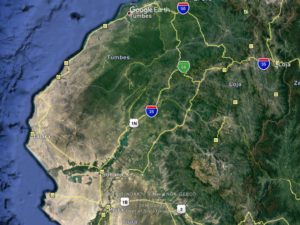
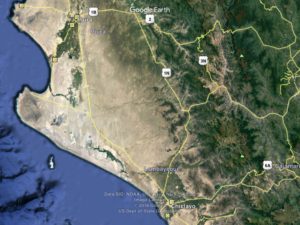
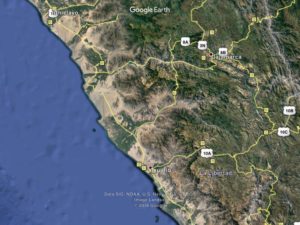
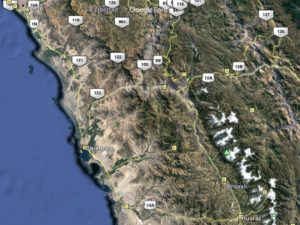
After Tumbes, Peru, ten miles of highway leads to the ocean and a scenic, winding 100 mile stretch of xeric but beautiful landscape. Got a bit of tailwind. As you turn inland again the scenes could be in Uinta Basin badlands, complete with myriad dirt roads taking off to well pads for oil drilling. Traffic light, camping easy. Spur roads that were mostly grown over with dry grass took off to well pads long in disuse. The first night out was as peaceful as anything I’d seen since Sonora. No bugs, not terribly hot, clear skies, dying wind in the evening, and best of all, desert-quiet.
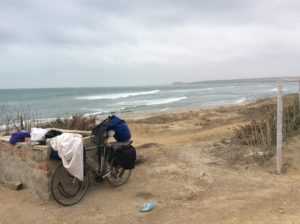
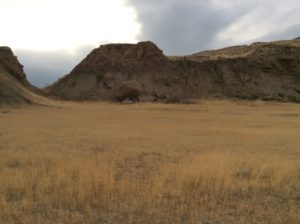
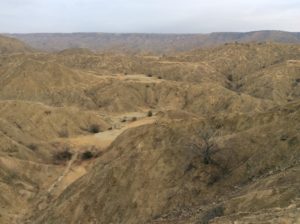
After a sublime night on the desert it all changed. The tail wind became a head wind and over the course of two more days vegetation disappeared altogether and was replaced by blowing sand. Some tough days of deafening, demoralizing headwind followed by nights of sandstorm that permeated the gear, food, clothing, bike. Ironically though, as far as grinding out continent, the straight roads made for making better time than in Ecuador or Colombia. At the camps, I chose not to pitch the tent, for fear it would be destroyed, and had to sleep out in it. One night was especially grim. I had planned on two long days for the 140 mile trek from Piura to Chiclayo (Lambayeque, actually), but ended up taking two nights and three long days with the headwind encountered. Fortunately, I brought extra water- over three gallons- and had enough to get by. On the upside there was coastal cloud cover and it wasn’t terribly hot- nights were even cold.
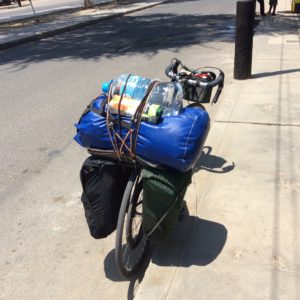
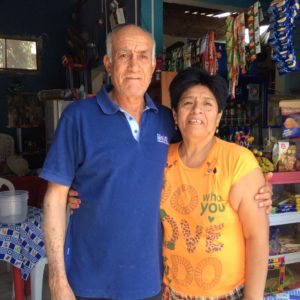
Beyond Chiclayo the wind continued until I turned inland south of Trujillo. A mostly smooth dirt road led to the Rio Santa and a hundred mile canyon topping out at the Callejón de Hauylas, the valley below the mountains of the Cordillera Blanca. Once on the Rio Santa, the road is one-lane paved but with such course aggregate in the asphalt that much of the preceding dirt road was smoother. The traffic dwindled to a car every ten minutes or so and the peaks and ridges on either side of the canyon rose many thousands of feet above- Cordillera Blanca to the east, Cordillera Negra to the west. Rock fall in the gorge can be dangerous particularly when afternoon winds pick, often strong enough to dislodge smaller pebbles. Riding the canyon on a rainy day wouldn’t be advisable.
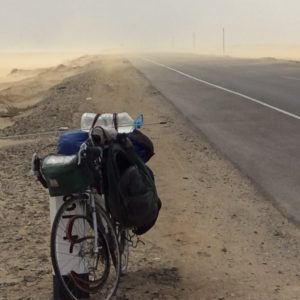
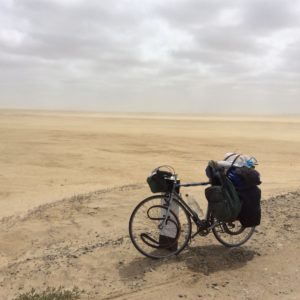
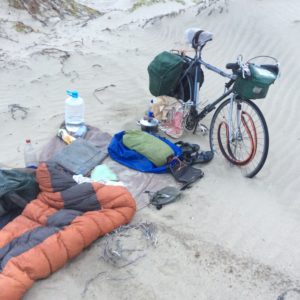
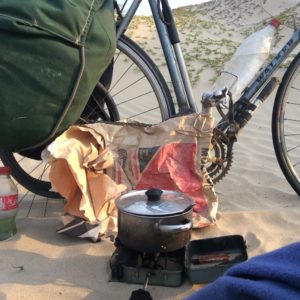
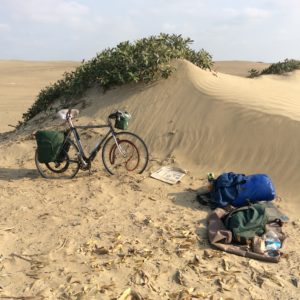
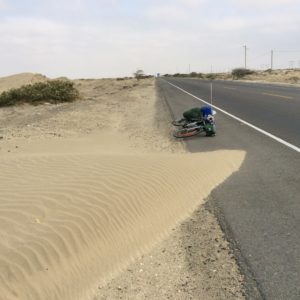
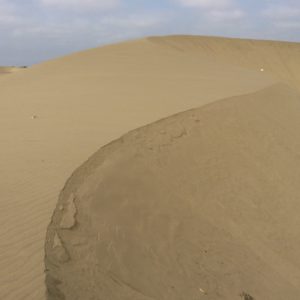
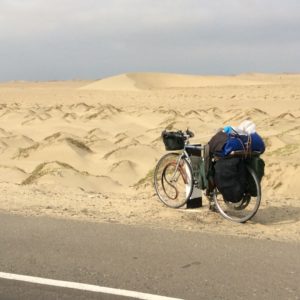
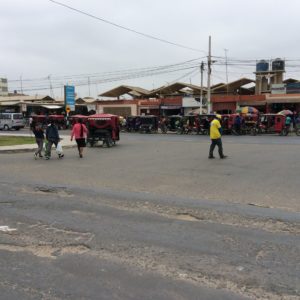
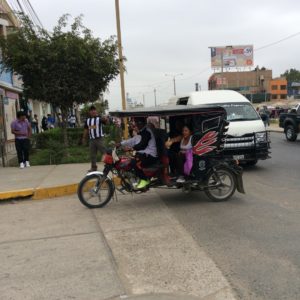
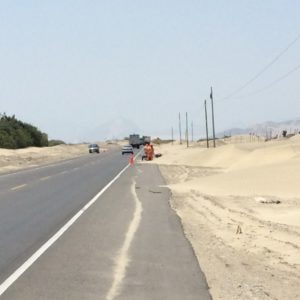
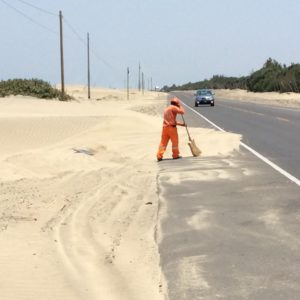
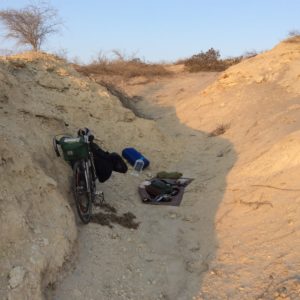
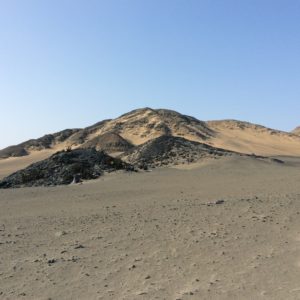
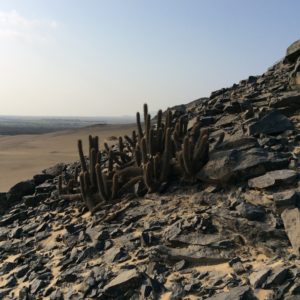
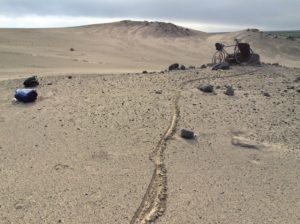
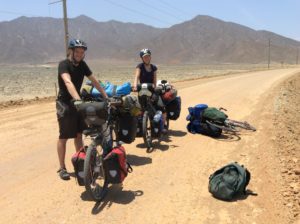
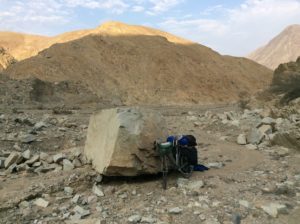
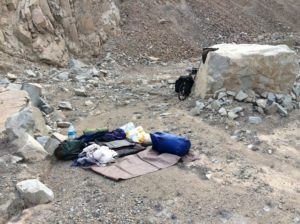
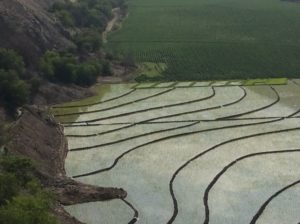
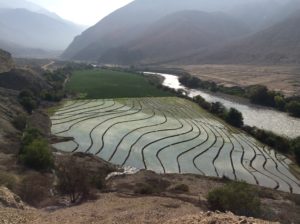
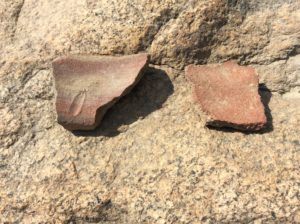
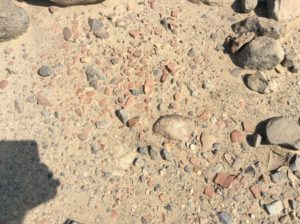
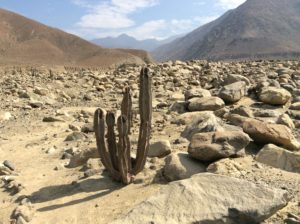
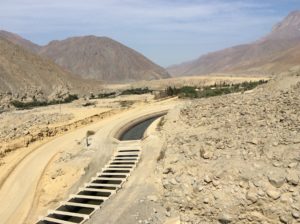
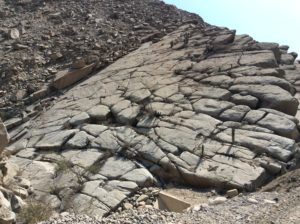
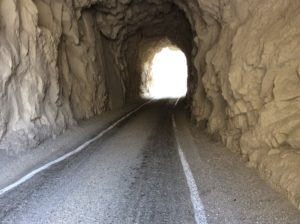
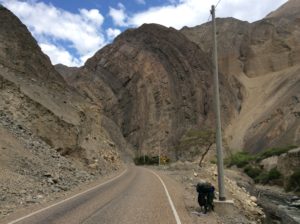
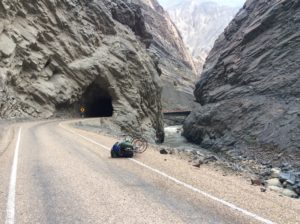
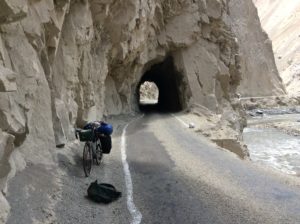
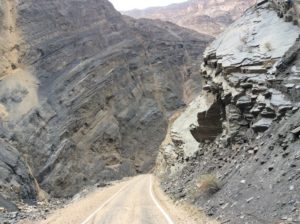
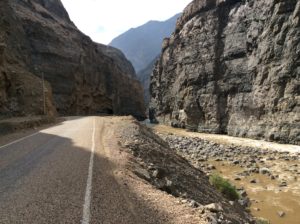
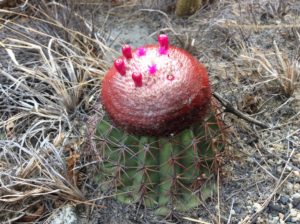
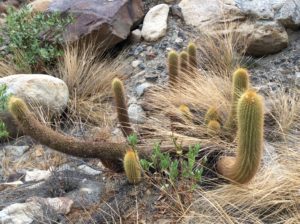
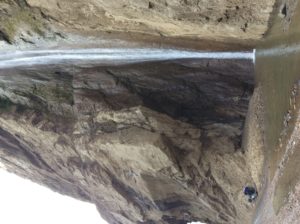
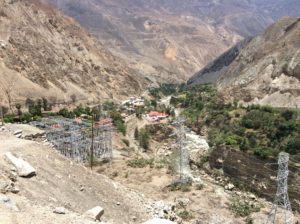
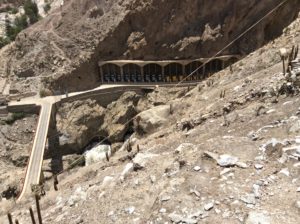
After several days riding, Canyon Del Pato widens into a valley and a string of towns. Huaraz is furthest upstream and is where I am now. The peaks of the Cordillera Blanca loom over the valley like a breaking wave. The highest is Peru’s high point, Huascaran, at 22,200 feet. The glaciers of this range are being particularly affected by climate change but you sure wouldn’t know it to look up at them. The summits are encased in Alaska-like ice caps.
Huaraz is a crossroads for South American climbing and everywhere there are shops and restaurants with climbing themes and dozens of guide services. The coffee shops are loaded with Americans and Europeans. Peru has attempted to require guides for its major summits the way Ecuador has, but policies have met with a bit more civil disobedience here from locals and foreigners alike. Much of the climbing is guided regardless and I imagine it’s a sort of golden age for picking a career as a guide. On the flip side, the real adventures of original exploration are essentially over and, aside from things like winged suit flying, guiding tourists may be all that’s left.
I had it in mind to give Huascaran a try but knew I needed to find a partner. Huascaran’s glaciers are far more involved than something like Chimborazo and it’s customary to have at least a couple of people on a rope when climbing through crevasses. When I got here, though, I learned that climbing had pretty well shut down on all the higher peaks for the season which usually ends in August. I learned as well that in late July an avalanche on Huascaran had killed several people and there evidently hasn’t been much activity on the mountain since then. I wasn’t too disappointed by the shutdown; hanging out in coffee shops, resting and eating seemed to be a far more attractive alternative.
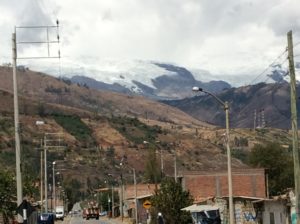
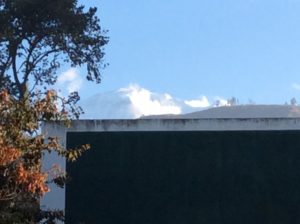
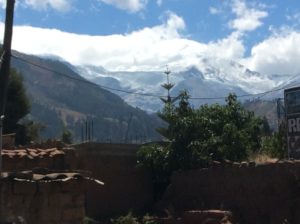
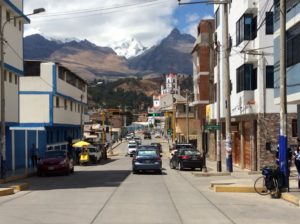
In Huaraz I needed also to look for tires and tubes for the bike as well as to order a new touch screen glass for the iPad. The iPad is in combination with a fold up keyboard that offers good protection, but it’s seen some tough duty. I’ve rolled over on it at night in the tiny tent a couple of times as well as trapping pieces of debris against the glass when folding it up. It became a spider web of cracks, amazingly it still worked, but needed to be fixed. There are several instructional videos on making the repair, which looked doable, but ordering a new glass wasn’t easy. Anything coming from outside of Peru takes several weeks to deliver (which I suppose precludes offers of care packages, but I sure appreciate the thought). I found this out only after ordering and paying for one already. I figured I could spend some time in the mountains waiting for delivery, but not for three weeks. After long hours on the Internet I found one in Lima but paying for it and arranging delivery required multiple telephone conversations that the folks at the hotel I’m staying, Soledad (www.lodgingsoledad) thankfully took care of. It took some doing, but the iPad’s like new again. I bought a second insulite sleeping pad and cut part of it up for a protective case, put together with duct tape.
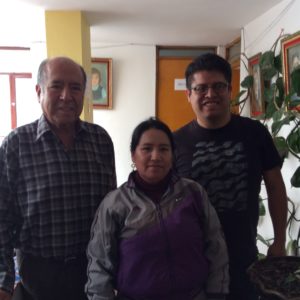
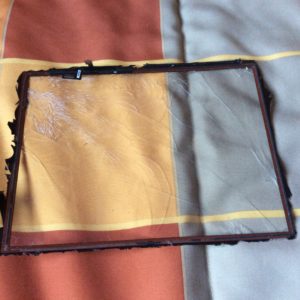
Finding bike parts hasn’t been simple either and the Colombian highways that were loaded with “Olympic trainees” has dwindled to few if any cyclists in Peru, bike shops following suit. In Colombia I never felt quite up to par as these guys would go flying passed me all decked out in cycling outfits and I’d be putting along, in shorts, Tevas, a dirty tee shirt and no helmet. I’m missing those guys now. But, after searching a while in Huaraz, I at least found a tire to carry as a spare. I may not get another chance at a full bike shop until Mendoza, Argentina, a couple of thousand miles away.
From here I’ll take backroads to Cusco over what looks to be beautiful but difficult terrain. Wi-Fi may be in short supply for a couple of weeks so I may be out of touch. Now that the austral spring equinox has past, I’m looking forward to longer days that will increase both from seasonal change as well as direction of travel to higher latitudes. I left Logan just after northern spring equinox and the “twelve-and-half-hour day” has followed me to here. There have been quite a few times I had energy for more miles but got stopped by darkness.
I’ve been a week in Hauraz and I’ll be glad to get moving again.